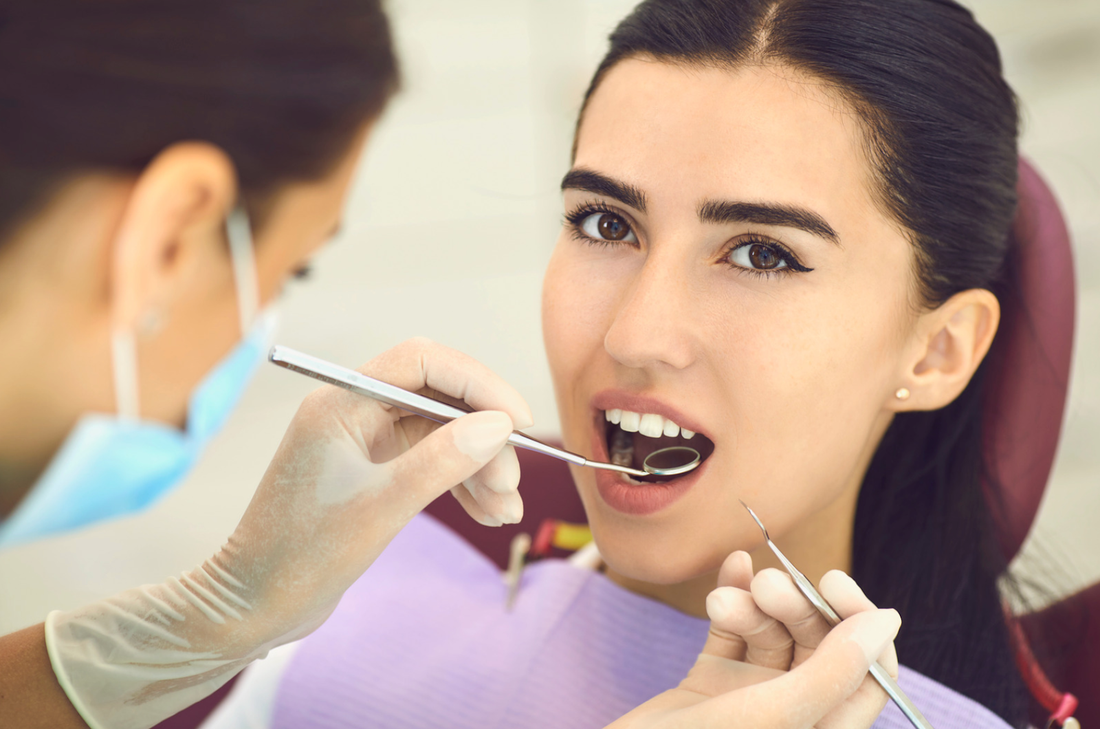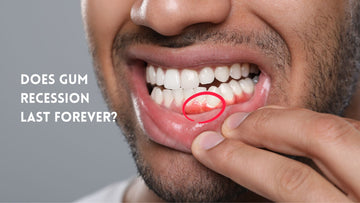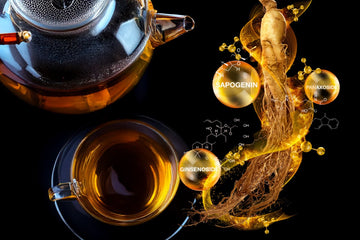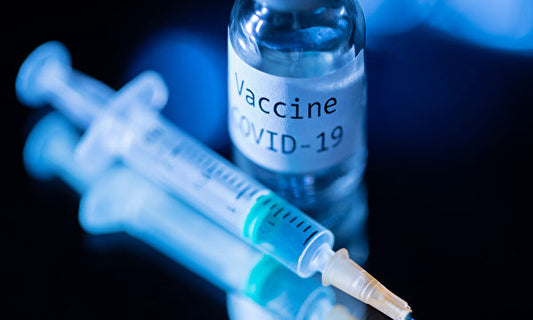How Do We Fix Receding Gums? What No One Talks About.

Gum problems aren’t just as simple as bleeding while brushing! Periodontitis, trauma, or even aggressive brushing can lead to gum damage and recession. What should you do if your gums deteriorate? Western medicine states that surgical repair is necessary, while Traditional Chinese Medicine (TCM) believes there are alternative solutions. This article will explore both scientific and TCM perspectives, giving you a clear and comprehensive understanding.
1. Western Medicine: Is Surgery the Only Option for Gum Damage?
Western medicine takes a straightforward approach to gum repair: gums cannot heal themselves. If gum damage is caused by excessive brushing, leading to minor inflammation such as redness and swelling, then using the correct brushing technique and some anti-inflammatory medication should be sufficient for recovery. However, if periodontitis becomes severe, causing gum recession and exposing the tooth roots, then the situation is more complicated. Scientists state that, unlike skin, gums have limited regenerative ability.
The only way to repair them is through surgery, such as grafting gum tissue from another area or using special techniques to "guide" limited growth (Newman MG, et al., Carranza's Clinical Periodontology, 2018). But can gums truly grow back? Western medicine remains skeptical, asserting that surgery is the only reliable option at present.
2. Traditional Chinese Medicine: Can Gums Be Saved Without Surgery?
TCM takes a completely different approach! According to TCM, gum health is closely linked to the body’s "Qi and blood." The text Huangdi Neijing states, "The spleen governs muscles, and the mouth is its window," meaning a healthy spleen and stomach provide nutrients for the gums. It also says, "The kidneys govern bones, and teeth are extensions of bones," implying that strong kidney energy stabilizes the gums (Huangdi Neijing).
Gum deterioration may result from spleen deficiency (insufficient Qi and blood requiring supplementation), kidney deficiency (leading to weakened bones and loose teeth), or excessive heat in the blood (causing inflammation). TCM believes that by restoring overall body balance, gums can naturally recover without surgery.
Ginseng is a star remedy in TCM. Compendium of Materia Medica (Bencao Gangmu) states that it "replenishes vital energy and generates blood," helping the body resist damage (Li Shizhen, Bencao Gangmu). Research from Han Dong University also confirms that red ginseng can protect cells (reducing DNA damage to 187) and is even more effective when combined with cheonggukjang (a fermented soybean paste), lowering DNA damage to 150 (Han Dong University, The Inhibitory Effect of Red Ginseng and Cheonggukjang Powder on DNA Damage, 2004, Union 81500-290). Cheonggukjang is a fermented food believed by TCM to "strengthen the spleen, dispel dampness, and detoxify." Combined with red ginseng, it acts as a "Qi booster and circulator," enhancing blood flow to the gums and increasing the potential for repair.
3. Scientific Research on Red Ginseng: What Does Science Say?
What is red ginseng? Simply put, it's a plant root that has been steamed and dried, giving it a yellowish-brown color. It is highly valued in Korea, where scientists have studied it for many years. Korean researchers have found that DNA acts as a "blueprint" for cells; if damaged, cells malfunction.
Red ginseng has antioxidant, anti-inflammatory, and cell-protective properties, with its key component—ginsenosides—playing a crucial role in shielding cells from damage (Kim JH, et al., "Antioxidant and Protective Effects of Korean Red Ginseng on Oxidative Stress-Induced Cellular Damage," Journal of Medicinal Food, 2013) (https://pmc.ncbi.nlm.nih.gov/articles/PMC11791020/).
Another 2019 study also found that red ginseng reduces DNA damage in gastric cells by lowering reactive oxygen species (ROS), thus preserving cellular integrity (Seong-Ho Lee, et al., "Inhibitory Effect of Korean Red Ginseng Extract on DNA Damage Response and Apoptosis in Helicobacter pylori–Infected Gastric Epithelial Cells," Journal of Ginseng Research, 2019) (https://pmc.ncbi.nlm.nih.gov/articles/PMC8912635/).
Furthermore, a 2004 report from Han Dong University demonstrated that combining red ginseng with cheonggukjang significantly repairs DNA damage. Researchers induced DNA damage in 3T3 cells using the carcinogen MNNG, then treated the damaged cells with different concentrations of red ginseng extract mixed with HBSS. Using the Comet Assay to measure DNA repair efficiency, they found that:
Red ginseng alone resulted in a DNA damage reduction level of 187. Cheonggukjang alone resulted in a level of 175. The combination (30:70 ratio) reduced damage to 150. Even at a 1000x dilution, the combination still had a 14% repair effect.
Following this discovery, Korean scientists fermented red ginseng using a nine-steam-nine-dry process, then combined it with tangerine peel and natto, introducing Bacillus subtilis fermentation to create a unique plant protein named Unitein. This compound has shown promising effects against cancer and diabetes and has even been incorporated into toothpaste, receiving positive feedback from gum disease patients. In Hong Kong, users reported that their loose teeth became firmer, and dentists observed a noticeable reduction in gum recession.
4. Practical TCM Remedies to Boost Gum Health
Here are three simple and practical remedies you can do, inspired by TCM wisdom and scientific research:
Cooling Tea: A Healing Decoction
Ingredients: 10g honeysuckle, 10g moutan bark, 3g notoginseng powder, 10g raw rehmannia
Method: Boil 400ml of water for 20 minutes, strain, and add notoginseng powder. Drink and use as a mouth rinse.
Benefits: Honeysuckle reduces inflammation, moutan bark and notoginseng promote blood circulation, and raw rehmannia nourishes bones and muscle growth.
Herbal Mouth Rinse
Ingredients: 3g red ginseng powder, 7g cheonggukjang powder (following research ratio), Honeysuckle, agastache
Method: Boil the first four ingredients in 300ml of water for 10 minutes, let cool, then add clove. Use as a mouth rinse 2-3 times daily.
Benefits: Red ginseng strengthens gum tissue, cheonggukjang detoxifies, honeysuckle reduces inflammation, clove detoxifies and clears heat, and agastache eliminates bad breath.
Bonus Suggestion
Acupuncture targets specific points to stimulate the body’s self-repair mechanisms. This has shown promise in managing periodontal disease. Consult a licensed TCM practitioner for personalized treatment.
5. Conclusion: The Future of Integrating TCM and Science
Western medicine asserts that gum damage can only be repaired through surgery, as it cannot regenerate on its own (Newman MG, et al., Carranza's Clinical Periodontology, 2018). However, scientific research shows that red ginseng and fermented extracts can protect cells and repair DNA damage by up to 37% (Han Dong University, The Inhibitory Effect of Red Ginseng and Cheonggukjang Powder on DNA Damage, 2004, Union 81500-290). Red ginseng also has antioxidant (Seong-Ho Lee, et al., Journal of Ginseng Research, 2019) and anti-inflammatory properties (Anti-Inflammatory Effects and Immunomodulatory Efficacy of Unitein, https://onlinelibrary.wiley.com/doi/10.1155/2024/9998250).
TCM considers individual constitutions and offers tailored solutions. Perhaps trying red ginseng astragalus decoction or herbal rinses may help improve gum health. As TCM and modern science continue to collaborate, new solutions for gum health may emerge!
暫無評論








0條評論